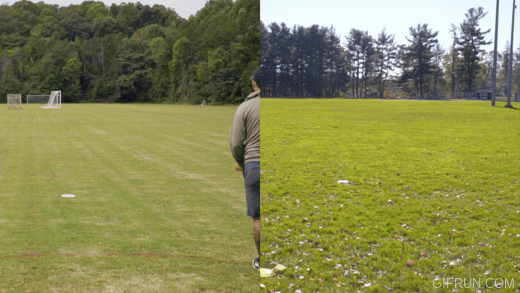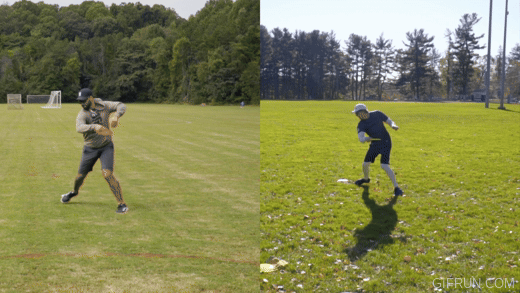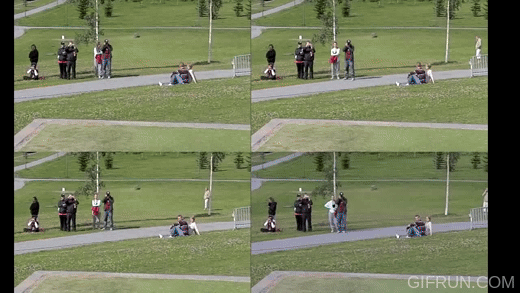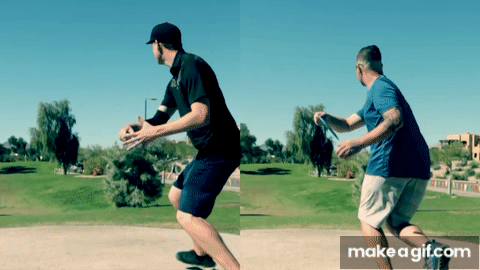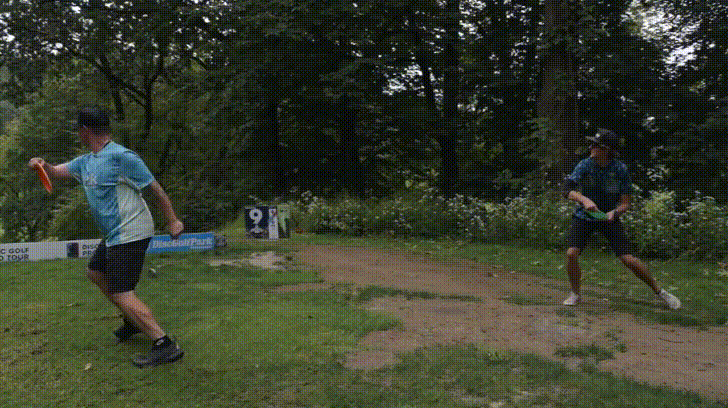Very important point. A mentor coach of mine had a very simple (simple, not easy) guide to determine when it was appropriate to make biomechanical modifications. It was a 2 answer series to the question "should I change this". Question 1: Is what the athlete is doing now going to lead to injury? Question 2: Will the change improve their performance? If you answered yes to either, make the change. If the answer to both was no, then don't. The not easy part is identifying when those answers are yes an no, because it's not always easy to tell.
This is fantastic way to look at it. I like that.
FWIW this is why as TechDisc marches on I keep gently nudging people to consider the big picture of the overall move.
They are welcome to send me one. haha
Cause I'm not paying. I have thousands upon thousands of dollars tied up in disc golf from promoting tournaments, local club stuff, donations to churches/schools for discs. Time. etc.
However, here is a video of someone throwing 600 feet and sidewinder pointing out significant flaws in his form a few comments down:
600' with crap form (or maybe unknown perfect form)
To be fair, he's not throwing a golf throw. he's throwing a distance force line. And probably a tailwind.
Remember that ole thing all the dummies on the course would tell the new players "lean back a bit, it will help you get distance." Then they throwing that force annie flex forever on forehand and backhand with OS discs?
And they become a good golfer with terrible form.
Then everyone looks at me trying to help as an idiot cause this dude is slaying me with his bad form, and they need help and will listen to him, so he repeats the cycle.
This is the overall problem with golf in general, The perpetuation of unintentional bad coaching. People want pro's to teach them, despite the pro knowing almost nothing about actually coaching form.
And they are always unwilling to listen to anyone who doesn't throw far or score good.
Yeah, not scoring good here, I'm throwing backhand turnovers on hyzer holes to practice it so I'm scoring poorly. Yeah. GG on that analogy there.
This is like the trigger of all triggers for coaching and coaches I think.
"oh you suck, so you must not know anything."
And I always wanna reply "Yeah, I know your mom sucks good dick tho" .. but I don't.
I just let them continue to hurt themselves and complain.
QFT. I don't have perfect form. I'm almost 50 and my right knee is hard to squat past 90dgrees due to meniscus surgery over a decade ago. There are some 'ideal' swing motions that I'll never be able to recreate.
BUT! Once I know 'my' form, I can start tweaking the auxiliary 'fuzzy' areas of the form to get some noticeable improvements… like inverse swoop, turn the key, body angle, grip, brace leg position…
While everyone talks past each other (to some extent), there's still great content. Unfortunately I can mostly read and ponder, unable to give real input.
Working around injuries is probably the most interesting part of coaching. I"m fortunate with my injuries they dont hinder overall mobility, but they have strength limitations imposed on me. especially my knee's. I have to be careful bracing or my knee will splode.
